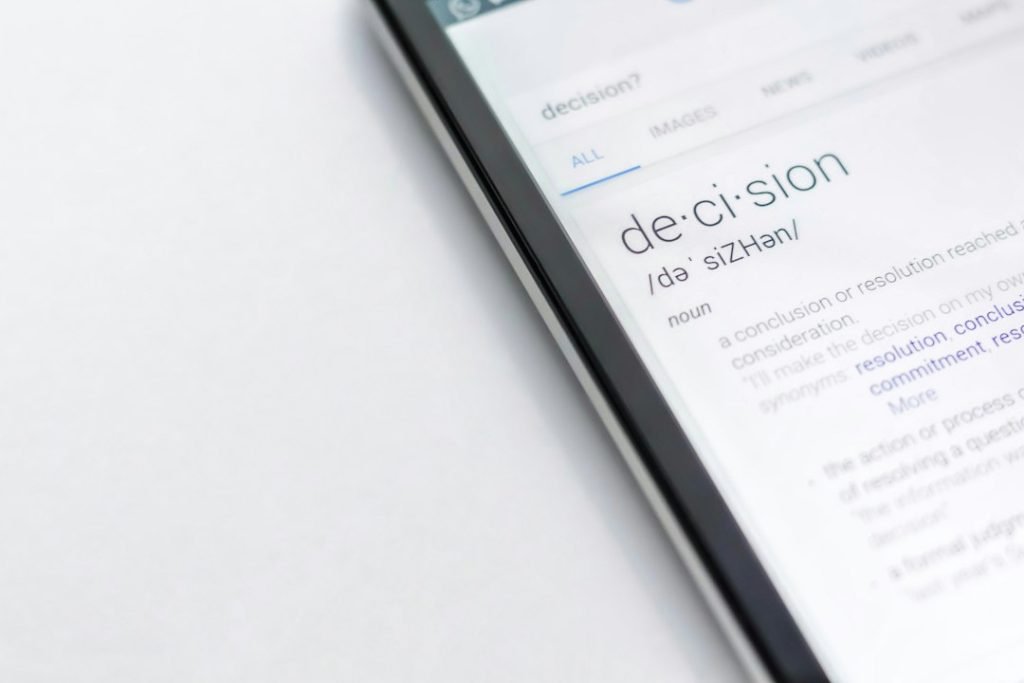

Discussing Health and Fitness in Norwegian: 15 Useful Expressions
Health and fitness are important aspects of our lives, and being able to effectively communicate about these topics is crucial. In the Norwegian language, there is a specific vocabulary related to health and fitness that can help individuals express their goals, discuss exercise routines, and talk about healthy eating habits. Learning these terms can greatly enhance communication and understanding in these areas.
Table of Contents
ToggleKey Takeaways
- Learning health and fitness vocabulary in Norwegian can help you communicate effectively with locals and achieve your fitness goals.
- Basic expressions for talking about exercise and physical activity include “trene” (to train) and “mosjonere” (to exercise).
- Common phrases for discussing healthy eating habits in Norwegian include “spise sunt” (to eat healthy) and “unngå sukker” (to avoid sugar).
- Vocabulary for describing different types of workouts and exercises includes “aerob trening” (aerobic exercise) and “styrketrening” (strength training).
- Useful expressions for discussing weight loss and management in Norwegian include “gå ned i vekt” (to lose weight) and “holde vekten” (to maintain weight).
- Health and fitness vocabulary for discussing cardiovascular health and endurance includes “hjertet” (the heart) and “utholdenhet” (endurance).
- Expressions for talking about strength training and muscle development in Norwegian include “bygge muskler” (to build muscles) and “styrkeøvelser” (strength exercises).
- Vocabulary for discussing flexibility and stretching in Norwegian includes “fleksibilitet” (flexibility) and “tøye” (to stretch).
- Useful phrases for discussing mental health and wellness in Norwegian include “psykisk helse” (mental health) and “stressmestring” (stress management).
- Putting it all together, learning health and fitness vocabulary in Norwegian can help you communicate effectively and achieve your fitness goals while in Norway.
Basic Expressions for Talking About Exercise and Physical Activity
When discussing exercise routines and physical activity in Norwegian, there are several common verbs and phrases that can be used. For example, “trene” means “to exercise” and can be used in sentences like “Jeg trener hver dag” (I exercise every day). Other useful expressions include “gå tur” (to go for a walk), “løpe” (to run), “sykle” (to bike), and “svømme” (to swim).
To talk about the frequency or duration of exercise, you can use phrases like “en gang i uken” (once a week), “to ganger om dagen” (twice a day), or “i 30 minutter hver dag” (for 30 minutes every day). These expressions can help you communicate your exercise routine effectively.
Common Phrases for Discussing Healthy Eating Habits in Norwegian
When it comes to discussing healthy eating habits and nutrition in Norwegian, there are several key phrases that can be useful. For example, “spise sunt” means “to eat healthy” and can be used in sentences like “Jeg prøver å spise sunt hver dag” (I try to eat healthy every day). Other useful phrases include “unngå sukker” (avoid sugar), “spise mye grønnsaker” (eat a lot of vegetables), and “drikke nok vann” (drink enough water).
To discuss specific dietary preferences or restrictions, you can use phrases like “jeg er vegetarianer” (I am a vegetarian), “jeg er allergisk mot nøtter” (I am allergic to nuts), or “jeg spiser glutenfritt” (I eat gluten-free). These phrases can help you communicate your dietary needs and preferences effectively.
Vocabulary for Describing Different Types of Workouts and Exercises
When discussing different types of workouts and exercises in Norwegian, it is helpful to know the specific terminology. For example, “styrketrening” means “strength training” and can be used in sentences like “Jeg liker å gjøre styrketrening på treningsstudioet” (I like to do strength training at the gym). Other useful terms include “kondisjonstrening” (cardiovascular training), “yoga” (yoga), and “pilates” (pilates).
To describe specific exercises or movements, you can use phrases like “utføre knebøy” (perform squats), “gjøre push-ups” (do push-ups), or “løfte vekter” (lift weights). These terms can help you communicate your workout routine effectively.
Useful Expressions for Discussing Weight Loss and Management in Norwegian
When discussing weight loss and management in Norwegian, there are several useful expressions that can be used. For example, “gå ned i vekt” means “to lose weight” and can be used in sentences like “Jeg prøver å gå ned i vekt ved å spise sunt og trene regelmessig” (I am trying to lose weight by eating healthy and exercising regularly). Other useful phrases include “kontrollere porsjonsstørrelser” (control portion sizes), “telle kalorier” (count calories), and “opprettholde en sunn vekt” (maintain a healthy weight).
To discuss specific weight loss goals or progress, you can use phrases like “miste 5 kilo” (lose 5 kilograms), “nå mitt målvekt” (reach my goal weight), or “jeg har gått ned 2 kilo” (I have lost 2 kilograms). These expressions can help you effectively communicate your weight loss journey.
Health and Fitness Vocabulary for Discussing Cardiovascular Health and Endurance

When discussing cardiovascular health and endurance in Norwegian, there are specific terms that can be used. For example, “hjertefrekvens” means “heart rate” and can be used in sentences like “Jeg prøver å holde hjertefrekvensen min innenfor den anbefalte sonen under trening” (I try to keep my heart rate within the recommended zone during exercise). Other useful terms include “kondisjon” (endurance), “utholdenhet” (stamina), and “VO2 maks” (VO2 max).
To discuss specific cardiovascular exercises or activities, you can use phrases like “løpe en mil” (run a mile), “sykle i motbakke” (bike uphill), or “svømme lange distanser” (swim long distances). These terms can help you effectively communicate your cardiovascular fitness goals.
Expressions for Talking About Strength Training and Muscle Development in Norwegian
When discussing strength training and muscle development in Norwegian, there are specific vocabulary words that can be used. For example, “muskelgrupper” means “muscle groups” and can be used in sentences like “Jeg trener forskjellige muskelgrupper hver dag for å få en balansert treningsrutine” (I train different muscle groups every day to have a balanced workout routine). Other useful terms include “øvelser” (exercises), “bygge muskler” (build muscles), and “styrke” (strength).
To discuss specific strength training exercises, you can use phrases like “utføre markløft” (perform deadlifts), “gjøre pull-ups” (do pull-ups), or “løfte manualer” (lift dumbbells). These expressions can help you effectively communicate your strength training goals.
Vocabulary for Discussing Flexibility and Stretching in Norwegian
When discussing flexibility and stretching in Norwegian, there are specific terms that can be used. For example, “fleksibilitet” means “flexibility” and can be used in sentences like “Jeg jobber med å forbedre min fleksibilitet ved å strekke meg regelmessig” (I am working on improving my flexibility by stretching regularly). Other useful terms include “tøye” (stretch), “tøyelighet” (stretchiness), and “utøve yoga” (practice yoga).
To discuss specific types of stretches or stretching techniques, you can use phrases like “utføre en hofteåpner” (perform a hip opener), “gjøre en ryggstrekning” (do a back stretch), or “tøye leggene” (stretch the calves). These terms can help you effectively communicate your flexibility goals.
Useful Phrases for Discussing Mental Health and Wellness in Norwegian
When discussing mental health and wellness in Norwegian, there are specific vocabulary words that can be used. For example, “mental helse” means “mental health” and can be used in sentences like “Jeg prioriterer min mentale helse ved å meditere og ta vare på meg selv” (I prioritize my mental health by meditating and taking care of myself). Other useful terms include “stressmestring” (stress management), “selvomsorg” (self-care), and “avslapning” (relaxation).
To discuss specific self-care activities or stress management techniques, you can use phrases like “ta en pause” (take a break), “gå en tur i naturen” (go for a walk in nature), or “praktisere mindfulness” (practice mindfulness). These expressions can help you effectively communicate your mental health and wellness goals.
Putting It All Together for Effective Communication About Health and Fitness in Norwegian
In conclusion, learning the health and fitness vocabulary in Norwegian can greatly enhance communication and understanding in these areas. By knowing the basic expressions for talking about exercise and physical activity, discussing healthy eating habits, describing different types of workouts and exercises, talking about weight loss and management, discussing cardiovascular health and endurance, talking about strength training and muscle development, discussing flexibility and stretching, and discussing mental health and wellness, individuals can effectively communicate their goals, preferences, and progress in these areas. It is important to practice using these terms in conversation to become more comfortable with them and to ensure effective communication about health and fitness in Norwegian.
If you’re interested in expanding your vocabulary in Norwegian, you might find the article “The Beauty of Norwegian: Understanding Descriptive Adjectives” helpful. This article explores the nuances of using descriptive adjectives in Norwegian, allowing you to express yourself more precisely and vividly. Check it out here.
If you want to learn Norwegian, you can register for classes here. We look forward to hearing from you and helping you become fluent in Norwegian.





